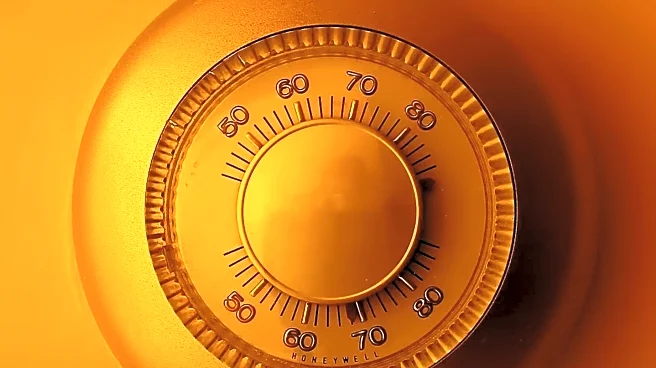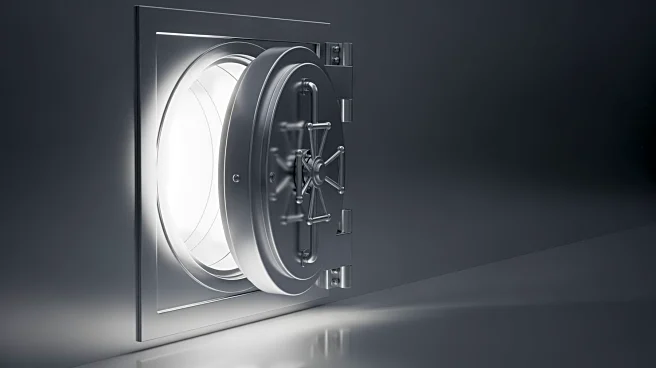What's Happening?
As winter approaches, homeowners are advised to adjust their thermostat settings to save on energy costs. Experts recommend setting the thermostat to 68 degrees Fahrenheit when at home and lowering it to 60-65
degrees when asleep or away. These adjustments can lead to significant savings, with the Department of Energy suggesting that turning the thermostat back 7-10 degrees for 8 hours a day can save up to 10% annually. Proper thermostat placement and regular HVAC maintenance are also crucial for efficiency.
Why It's Important?
With rising energy costs, finding ways to reduce heating bills is essential for many U.S. households. Implementing recommended thermostat settings can lead to substantial savings, easing financial burdens during the colder months. Additionally, understanding HVAC system efficiency and proper maintenance can prevent unnecessary expenses and improve home comfort. These practices contribute to energy conservation efforts and support environmental sustainability by reducing overall energy consumption.
What's Next?
Homeowners may consider investing in smart thermostats and improved insulation to further enhance energy efficiency. Regular HVAC inspections and maintenance can ensure systems are operating optimally, preventing costly repairs and inefficiencies. As awareness of energy-saving practices grows, more households may adopt these strategies, potentially influencing market demand for energy-efficient products and services.
Beyond the Headlines
The focus on energy efficiency highlights broader environmental concerns and the need for sustainable living practices. Encouraging homeowners to adopt energy-saving measures can contribute to reducing carbon footprints and support national efforts to combat climate change. Additionally, the economic benefits of lower energy bills can improve household financial stability, particularly for low-income families.













